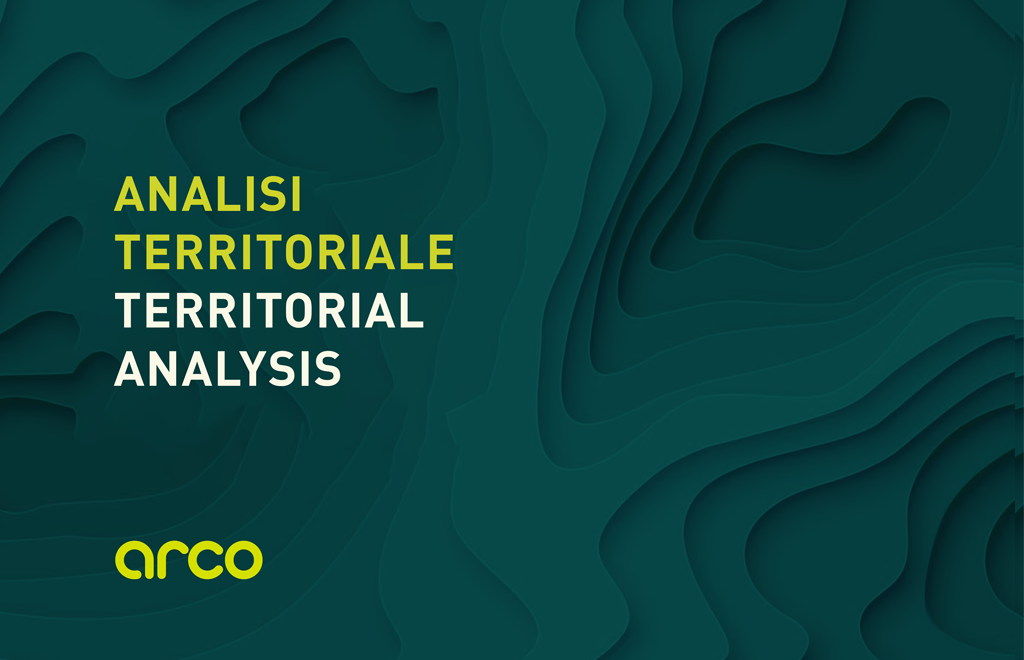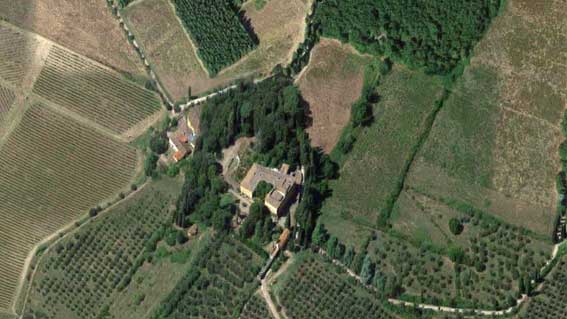L’analisi territoriale è uno strumento utile a una comprensione approfondita di un determinato territorio, che sia esso un quartiere, una città, un gruppo di città o una regione. Tale strumento può essere utilizzato dagli amministratori locali, dai decisori politici e dalle organizzazioni che mirano ad avere un impatto significativo sul territorio, selezionando priorità e strategie in base ai suoi effettivi bisogni, aspirazioni e specificità.
Pianificare lo sviluppo umano sostenibile di un territorio in maniera trasparente, coerente e concreta.
L’analisi territoriale è un processo atto a individuare e definire le potenzialità, le aspirazioni e i bisogni per lo sviluppo umano sostenibile di un determinato territorio, dal punto di vista sociale, economico e ambientale. L’analisi territoriale dovrà necessariamente tenere conto delle interconnessioni tra i diversi ambiti di policy e del carattere multidimensionale del benessere e dello sviluppo del territorio stesso.
Per questo motivo, è importante che i dati raccolti per l’analisi territoriale provengano da una pluralità di fonti, che siano in grado di restituire sia le informazioni di carattere oggettivo che le percezioni soggettive della comunità che abita un territorio.



